The ‘Raining’ Rocket Problem
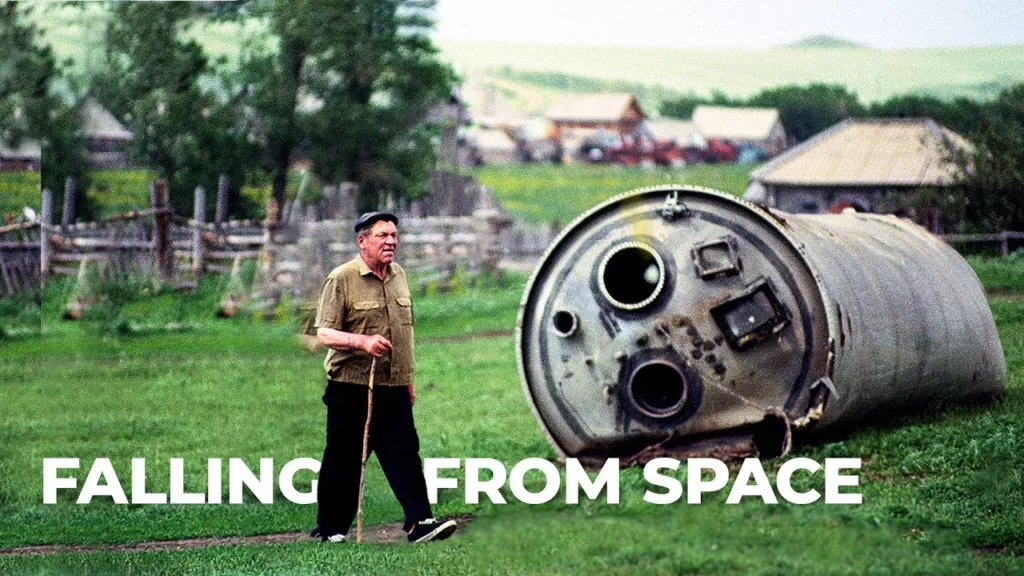
The lesson discusses the challenges and implications of space debris, highlighting how fallen rocket parts can cause damage and pose risks to people and property on Earth. It explains the complexities of ownership under international treaties, the difficulties in predicting debris reentry, and the increasing likelihood of incidents as space exploration expands. Ultimately, while space debris presents significant dangers, it also creates unique opportunities for those who find and collect it.
What If We Turned On Voyager 1’s Camera?

The lesson explores the significance of Voyager 1’s “pale blue dot” image of Earth and discusses the spacecraft’s remarkable journey as the farthest human-made object in space. It explains the technical aspects of Voyager 1’s cameras, why they were turned off to conserve power, and speculates on what the cameras might capture if reactivated today, highlighting the vastness of the universe and the limitations of our current technology. Ultimately, Voyager 1 serves as a symbol of human exploration and curiosity, continuing its journey through space long after communication has ceased.
How SpaceX Mastered Space Suits
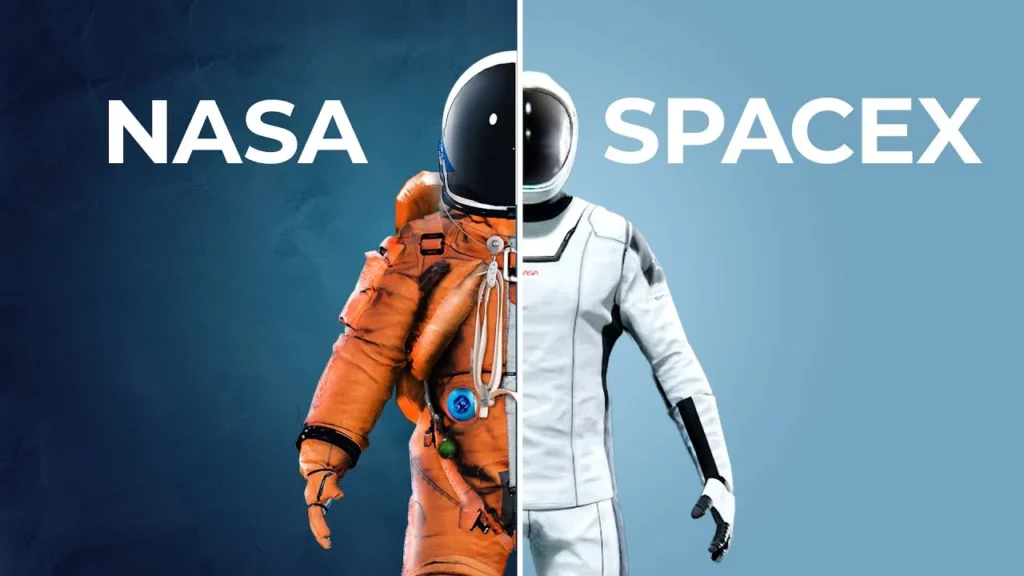
The lesson discusses how SpaceX developed its own innovative spacesuit, diverging from NASA’s traditional designs, to enhance astronaut safety and mobility for future missions. By focusing on custom fits, improved joint mobility, and streamlined pressure management systems, SpaceX has created a suit that allows astronauts to suit up independently and efficiently, showcasing their commitment to innovation in space exploration. This advancement positions SpaceX as a key player in the evolution of spacesuit technology for upcoming Artemis missions.
The Crazy Journey of Artemis 1
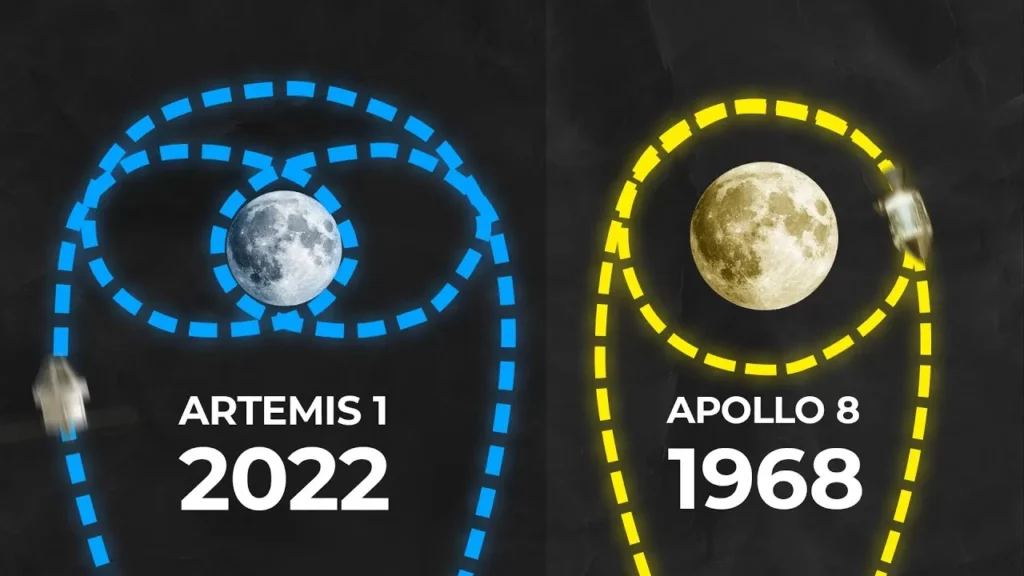
The Artemis 1 mission represents a groundbreaking journey to the Moon, utilizing a unique trajectory that involved a distant retrograde orbit to optimize fuel efficiency and system testing for the Orion spacecraft. Unlike previous Apollo missions, which focused on landing, Artemis 1 emphasized the complexities of space travel, including the physics of delta-v and gravity assists, allowing for a longer, more energy-efficient voyage. This mission not only highlights advancements in rocket technology with the Space Launch System but also sets the stage for future lunar exploration and beyond.
The Mysterious 30 Year Journey of Apollo 12
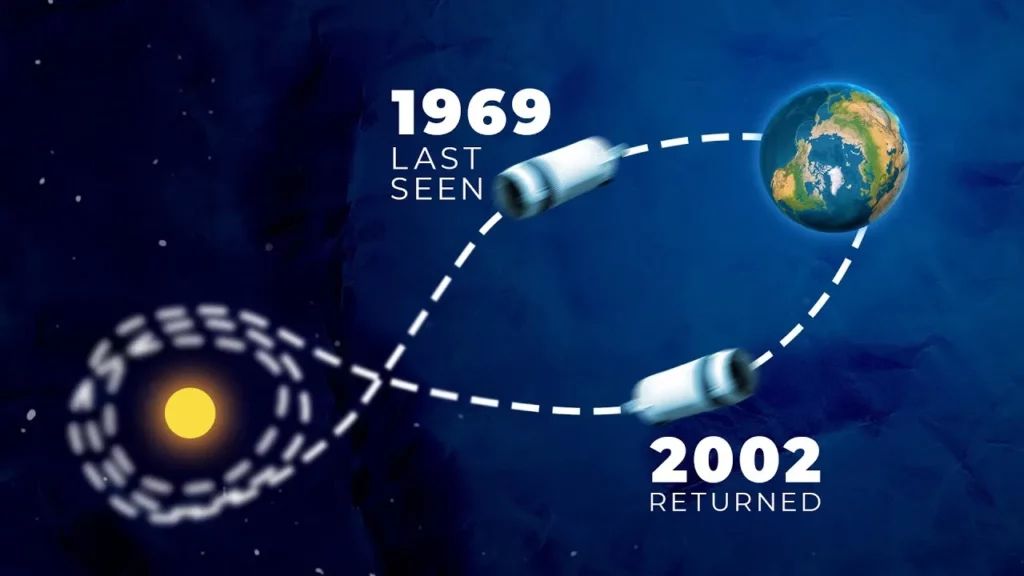
The lesson explores the intriguing journey of the third stage of the Saturn V rocket from the Apollo 12 mission, which unexpectedly orbited Earth for 30 years after a minor navigational error during its trajectory adjustment. Initially intended to be discarded into a solar orbit, the rocket instead ended up in a complex path influenced by gravitational forces, ultimately returning to Earth’s orbit in 2002. Astronomers identified the object through spectroscopy, confirming its identity and predicting its future returns to Earth, highlighting the unpredictable nature of space travel.
The Saturn V’s Direction Problem

The lesson discusses the critical role of the Saturn V rocket’s guidance system during the Apollo 11 mission, particularly the transition to internal guidance just 15 seconds before launch. It highlights the sophisticated technology used, including an inertial guidance platform and gyroscopes, which maintained the rocket’s orientation despite challenges such as Earth’s rotation and potential swaying on the launch pad. The lesson emphasizes the importance of precise calibration and autonomous operation in ensuring the rocket’s successful trajectory to the Moon.
How Voyager 2 Threaded The Needle Through Space
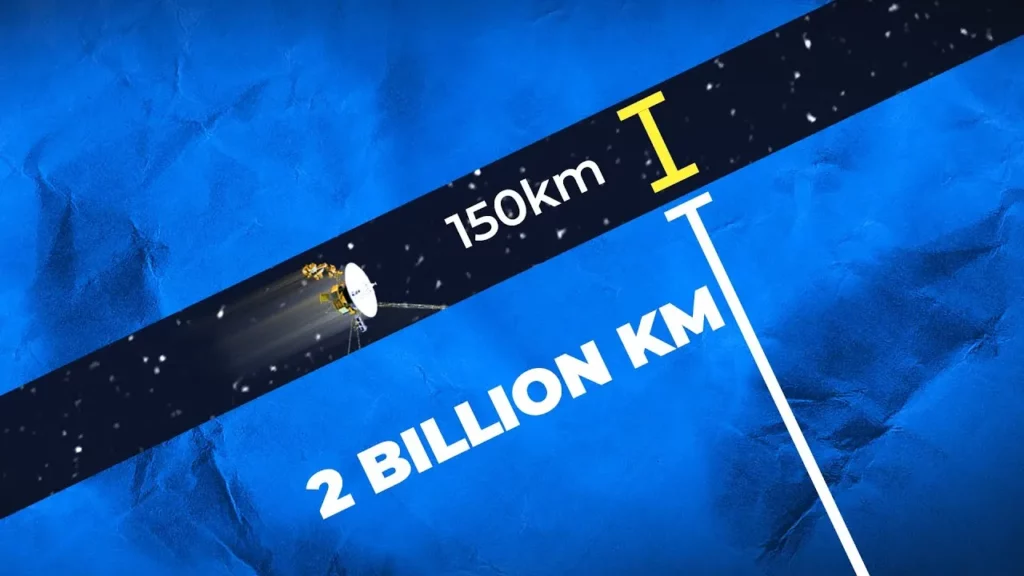
The lesson on Voyager 2 highlights its groundbreaking journey as the first spacecraft to explore Neptune and the outer planets of our solar system. Utilizing a rare planetary alignment and gravity assists, Voyager 2 successfully navigated through space with remarkable precision, achieving significant milestones and gathering invaluable data over its 12-year mission. Its legacy continues to inspire future exploration and deepen our understanding of the cosmos.
How James Webb Changed Astronomy

The lesson discusses the transformative impact of the James Webb Space Telescope (JWST) on astronomy, particularly through its mid-infrared camera, MIRI, which enables the detection of distant stars and galaxies by capturing infrared light. The lesson highlights the intricate cooling process required for MIRI to function effectively, emphasizing the innovative engineering solutions developed to achieve the necessary low temperatures. Overall, the JWST represents a significant advancement in our ability to explore the universe and enhances our understanding of cosmic evolution.
The Search for Apollo 10’s Lunar Module

The lesson discusses the Apollo 10 mission, where astronauts used the lunar module “Snoopy” to rehearse moon landing procedures in 1969, but left it adrift in space after the mission. After decades of uncertainty about Snoopy’s whereabouts, astronomers identified a potential candidate for the module in 2018 and plan to conduct further observations in 2028 to confirm its identity. This ongoing search highlights human curiosity and the enduring mysteries of space exploration, as Snoopy remains the only human-occupied spacecraft still traveling through space.
NASA’s Most Off Limits Room
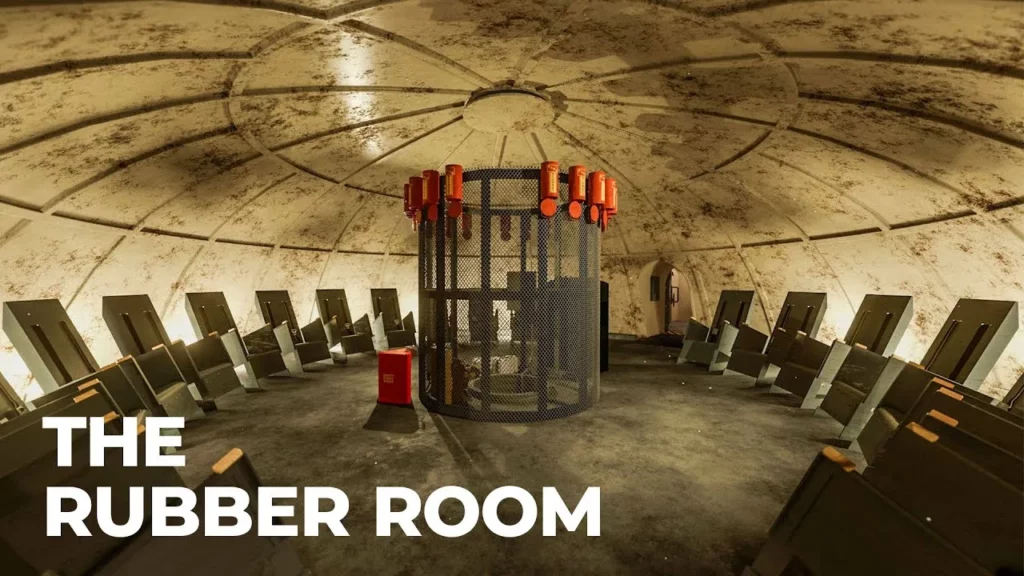
The lesson explores NASA’s “rubber room,” a hidden bunker designed to protect astronauts and crew during potential emergencies, such as a hydrogen leak or explosion of the Saturn V rocket during the Apollo 11 launch. Located 12 meters below the launch pad, the bunker featured safety measures like blast-proof doors, air filtration systems, and survival supplies, allowing up to 20 people to stay for several days. Although the bunker was never used, it remains a fascinating piece of NASA history, now largely abandoned and in disrepair.